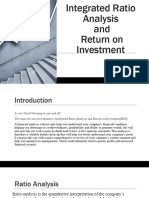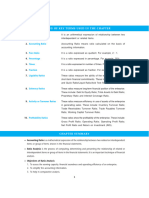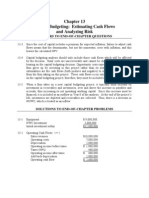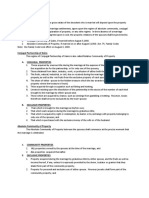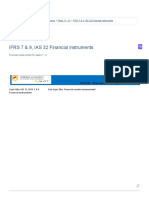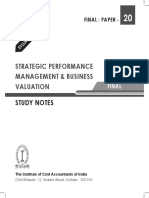0% found this document useful (0 votes)
97 views6 pagesRatio Analysis for Business Owners
Uploaded by
nandini.qmsCopyright
© © All Rights Reserved
We take content rights seriously. If you suspect this is your content, claim it here.
Available Formats
Download as PDF, TXT or read online on Scribd
0% found this document useful (0 votes)
97 views6 pagesRatio Analysis for Business Owners
Uploaded by
nandini.qmsCopyright
© © All Rights Reserved
We take content rights seriously. If you suspect this is your content, claim it here.
Available Formats
Download as PDF, TXT or read online on Scribd
/ 6


































